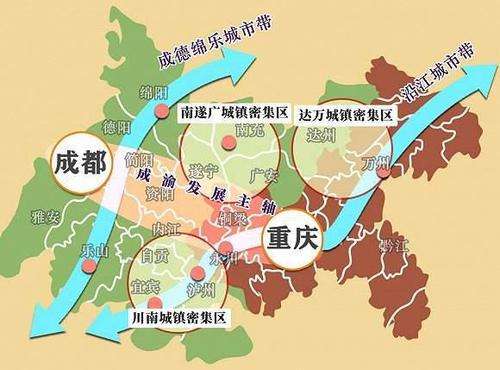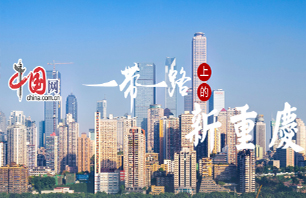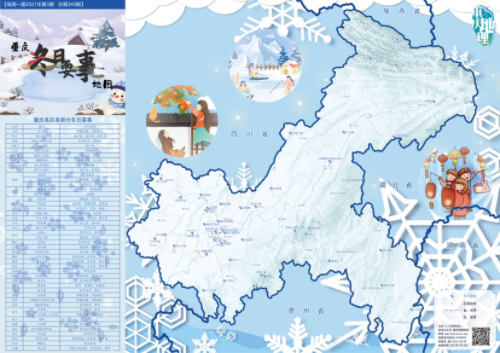 >
双语资讯
>
双语资讯
Did you know that there is also“Liangshan” in Chongqing? Do you know why a place is called“Danzishi”? Do you know which scholar (title conferred on the one who came first in the highest imperial examination) is the“Scholar Tablet”? Do you know“Zhuge Liang City” in Chongqing? The name of a place is not only a symbol, but also an interesting story that tells the past and present history of Chongqing.
It is learned that based on the historical nature, popularity, cultural connotation, cultural uniqueness and inheritance value of place names, Chongqing Civil Affairs Bureau released the first batch of 115 historical toponyms protection lists in Chongqing, including various categories such as ancient cities (capitals), ancient counties, ancient towns, ancient villages, languages of ethnic groups, famous mountains and rivers, and important modern and contemporary toponyms.
Recently, Map of Chongqing Historical Toponyms Protection List (First Batch) was launched. You can read the story of Bayu behind Chongqing’s historical toponyms written by the reporter from Chongqing Morning Post.
Liangshan, Liangping
Liangshan is the ancient toponym for the present day Liangping. According to Gu Zuyu’s Journal of Chinese Historical Geography,“The original toponym was Liangshan, and the new Liangshan was given to it because the King of Liangxiao of the Han Dynasty used to travel and hunt here.” The name of the county was changed to Liangping in 1952 because of its resemblance to Liangshan County, Shandong Province, which has a large flat dam in the eastern part of Sichuan, and the name Liangping is still used today. The people of this area have created a rich and diverse culture, which has been summarized as the“Four Greatest Things of Liangping”, namely Liangshan Lantern Opera, Liangshan Bamboo Curtain, Liangshan New Year Wood-block Print and Liangshan Laizi Gong and Drum.
Scholar Tablet (Zhuangyuanbei), Beibei
The earliest documentary record of the Scholar Tablet is found in Yongzheng’s General Annals of Sichuan, where it is recorded that the“Double Scholar Tablet, based on Confucianism, was erected for Huang Fengxiang, the Shaoxing Scholar in Song Dynasty, and Feng Shixing, the Scholar during Kaixi Era”.
Youtingpu, Dazu
Youtingpu was an important stop on the ancient road of Chengdu-Chongqing during the Ming and Qing dynasties. In the ancient post system, large stations were called post and small stations were called pavilions. Jiaqing’s General Annals of Sichuan recorded,“Youtingpu, 80 miles east of the state”;“Youtingpu, in where Jinjiang and Yuzhou intersect.” The importance of the location of Youtingpu can be seen. The restaurant is famous for its specialty, Youting Carp, which has become a signature of the area.
Yangjiao, Wulong
Located on the Wujiang River’s Wulitan and known as the key point of Sichuan and Guizhou, the old Yangjiao used to be a port for transshipment of goods and was a thriving commercial area, with a street length of six miles and a population of over 10,000. Historically, Yangjiao has long been the political, economic, cultural and transportation center of the former Wulong County. Yangjiao has three treasures: dried tofu, old vinegar and Zhuyao Dates.
Lukong, Rongchang
Lukong is the present-day Wanling Town of Rongchang District. In Qing Dynasty, the area was known as“Luhongchang”. During the Jiaqing Period, there was a fortress built to protect the area from soldiers and bandits, and it is said that there were six natural cave holes on the slope of the fortress, which were connected to the Laixi River, commonly known as Liukong River, below the fortress. Since“Lu” and“Liu” sound similar in Chongqing dialect, the area was called“Lukong River”. (Translated by Wang Huixin, Fathom Language Limited)
Editor:Jiang Yiwei












 京公网安备 11010802027341号
京公网安备 11010802027341号